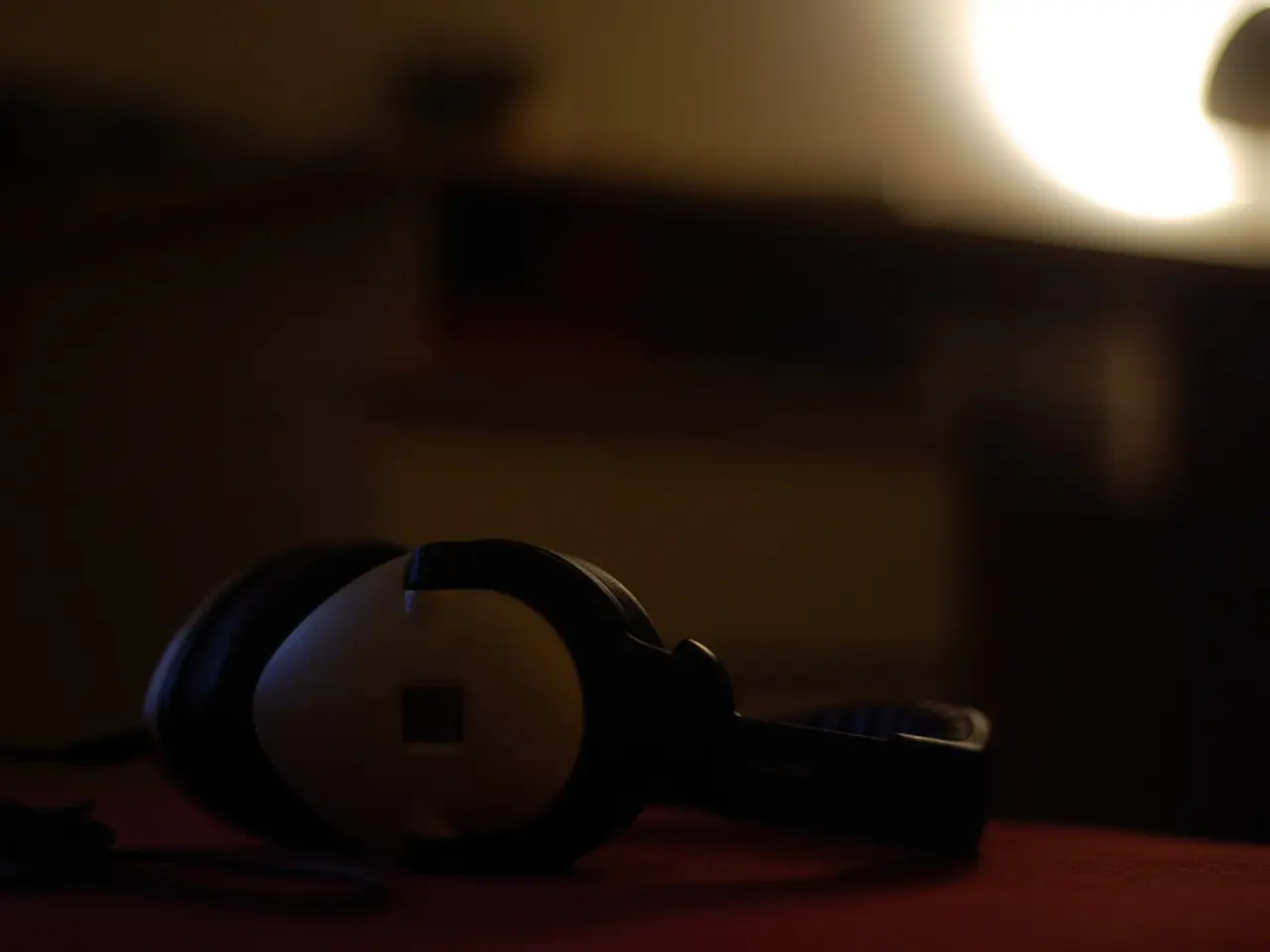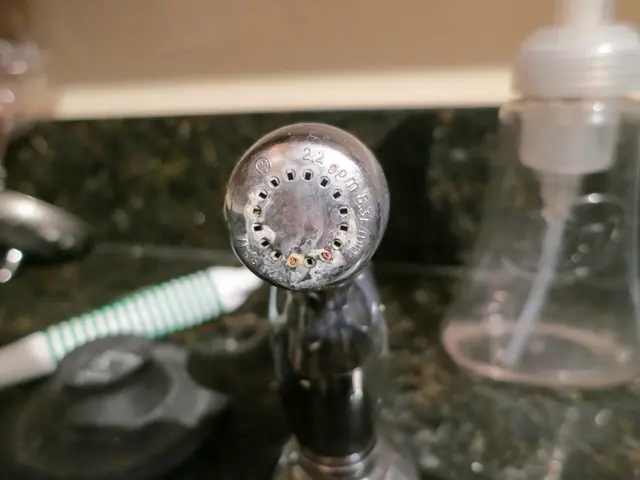Battle of the Best: Silicone Ear Plugs versus Foam Ear Plugs - Unveiling the Superior Choice
When it comes to protecting your hearing in loud environments, earplugs are a crucial tool. But with two main types available – silicone and foam – how do you decide which is best for you?
Both types of earplugs offer benefits and drawbacks, and understanding these can help you make an informed choice.
Silicone Earplugs
Silicone earplugs are reusable multiple times with proper cleaning and maintenance, making them a more eco-friendly option. They are generally considered better than foam earplugs due to their higher noise reduction rating, comfort, and durability.
Silicone earplugs are made from a flexible, soft material that conforms to the shape of the ear canal, providing a snug and comfortable fit. They are ideal for individuals who work in noisy environments, participate in loud hobbies, experience frequent ear discomfort, require high noise reduction, and prefer reusable earplugs.
Silicone earplugs can reduce noise levels by up to 30 decibels, making them highly effective at blocking out high-frequency sounds. They are also more durable, hypoallergenic, and easier to clean, making them a long-lasting choice.
However, silicone earplugs are more expensive than foam earplugs, with an average price range of $5 to $20.
Foam Earplugs
Foam earplugs are typically disposable, making them a convenient, one-time use option. They are widely available and come in a range of sizes, making them easy to find and use.
Foam earplugs are made from a type of polyurethane foam that expands to fit the shape of the ear canal. While they may not be as comfortable as silicone earplugs for some, they are suitable for individuals who need a low-cost solution, require a quick, disposable option, don't need a high level of noise reduction, and are looking for a convenient, easy-to-use earplug.
Foam earplugs can reduce noise levels by 20-25 decibels, making them effective at blocking out low-frequency sounds. They have a noise reduction rating (NRR) of around 20-25 decibels, which is less than silicone earplugs but still provides a significant level of protection.
Protecting Your Hearing
Exposure to sounds above 85 decibels can cause permanent hearing damage, so it's essential to safeguard your hearing in loud environments. Whether you choose silicone or foam earplugs, make sure to wear them consistently to protect your hearing for years to come.
Silicone earplugs can be custom-made to fit each individual's ear, providing an even more comfortable and effective fit. On the other hand, silicone earplugs are more expensive than foam earplugs, with an average price range of $1 to $5.
In conclusion, both silicone and foam earplugs have their advantages and drawbacks. Silicone earplugs offer a higher noise reduction rating, comfort, and durability, while foam earplugs are more affordable, widely available, and convenient for one-time use. Ultimately, the choice between the two comes down to your personal needs, budget, and preferences.
Regardless of the type of earplugs you choose, remember that protecting your hearing is crucial in loud environments, and wearing earplugs can significantly reduce the risk of hearing damage.
Read also:
- Asthma Flare-Ups in Cooler Weather: Understanding Root Causes, Recognizing Symptoms, and Managing Remedies
- Tests to Detect Diabetes-Linked Kidney Disease
- Symptoms of Thrombophlebitis Include: Pain, Inflammation, Redness, and Various Other Markers
- Chest Pain Caused by Compressed Nerves: A Possibility Explored







